In the realm of home baking, few things are as satisfying as creating a fluffy, moist cake using nothing more than a rice cooker. The method of pressing the cook button and allowing the cake to sit for an additional 25 minutes after the switch flips has gained popularity among enthusiasts who lack an oven but still crave homemade desserts. This technique, often referred to as the "rice cooker cake," is a testament to the versatility of this humble kitchen appliance.
The process begins with a simple batter, much like any traditional cake recipe. Eggs, flour, sugar, and a leavening agent are combined to form a smooth mixture. The key difference lies in the cooking vessel. Instead of a preheated oven, the batter is poured into a greased rice cooker pot. The cook button is pressed, and the magic begins. As the rice cooker heats, the batter starts to rise, much like it would in an oven. The steam generated within the sealed environment contributes to the cake's moist texture.
When the rice cooker's switch clicks off, indicating the end of the cooking cycle, the cake is far from done. This is where the crucial 25-minute resting period comes into play. The residual heat continues to cook the cake gently, ensuring that the center sets without drying out the edges. This step is vital for achieving the perfect consistency—too little time, and the cake may be undercooked; too much, and it could become dense.
The science behind this method is fascinating. Rice cookers are designed to detect temperature changes, switching off when the water is absorbed and the rice is done. When used for baking, the same principle applies. The cake's moisture content fools the cooker into thinking the "rice" is cooked, but the extended resting period allows for even heat distribution. This mimics the controlled environment of an oven, albeit in a more compact form.
One of the most appealing aspects of this technique is its accessibility. Not everyone has access to an oven, especially in smaller living spaces or regions where ovens are not standard kitchen equipment. The rice cooker cake democratizes baking, allowing anyone with a basic rice cooker to indulge in the joy of creating something sweet from scratch. It's a brilliant workaround that has inspired countless variations, from chocolate to matcha-flavored cakes.
Texture is another area where the rice cooker cake shines. Unlike oven-baked cakes, which can sometimes dry out if overdone, the steam-injected cooking process yields a uniquely tender crumb. The top of the cake forms a delicate, slightly sticky surface, while the interior remains light and airy. This contrast in textures is part of what makes the rice cooker cake so special.
Experimentation is encouraged with this method. Bakers have found that adding ingredients like yogurt or fruit puree can enhance moisture, while a pinch of salt can balance the sweetness. Some even layer the batter with fruit or chocolate chips for a surprise interior. The rice cooker's sealed environment means flavors are more concentrated, resulting in a cake that's rich and aromatic.
Despite its simplicity, the rice cooker cake does require some finesse. The type of rice cooker matters—those with a non-stick inner pot and even heat distribution work best. The amount of batter is also critical; filling the pot more than halfway can lead to overflow or uneven cooking. Patience is essential, as opening the lid prematurely can cause the cake to collapse.
For those new to this technique, the learning curve is gentle. Initial attempts might result in a cake that's slightly denser or less risen than desired, but adjustments are easy to make. Reducing the liquid slightly or ensuring the eggs are well-whisked can improve the rise. The beauty of the rice cooker cake lies in its forgiving nature; even imperfect batches are usually delicious.
As word of this method spreads, it's inspiring a new wave of home bakers to rethink their tools. The rice cooker, once relegated to grains, is now a symbol of culinary creativity. Its ability to produce a cake that rivals oven-baked versions is a reminder that great cooking often comes from improvisation. The 25-minute post-cook rest might seem like a small detail, but it's the secret to transforming a simple batter into a dessert worthy of any occasion.
The rice cooker cake is more than just a recipe—it's a celebration of resourcefulness. In a world where specialized gadgets abound, there's something deeply satisfying about repurposing an everyday appliance for something unexpected. Whether you're a student in a dorm room or a seasoned baker looking for a new challenge, the rice cooker cake offers a delightful and delicious adventure.

By /Aug 11, 2025
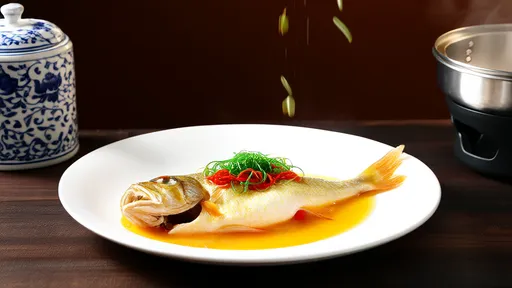
By /Aug 11, 2025

By /Aug 11, 2025
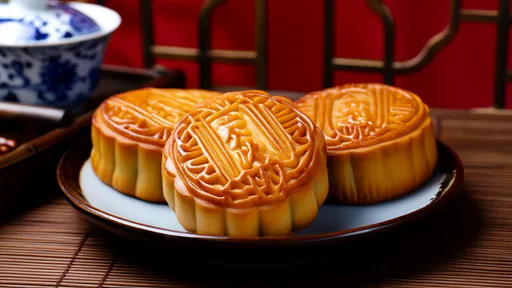
By /Aug 11, 2025
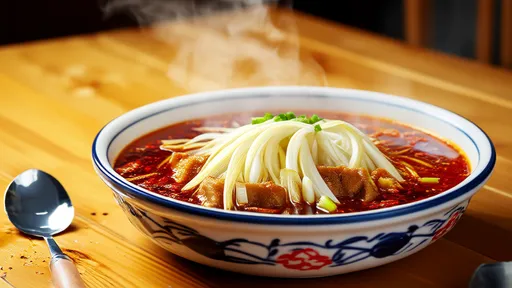
By /Aug 11, 2025

By /Aug 11, 2025

By /Aug 11, 2025

By /Aug 11, 2025

By /Aug 11, 2025

By /Aug 11, 2025
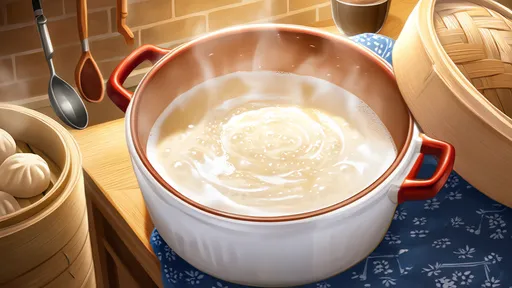
By /Aug 11, 2025
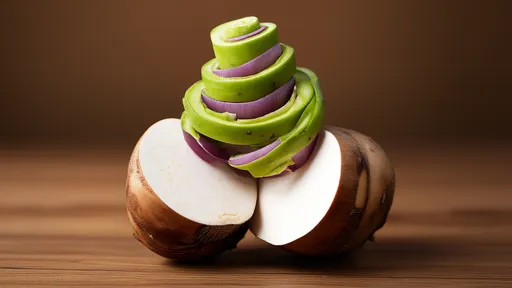
By /Aug 11, 2025
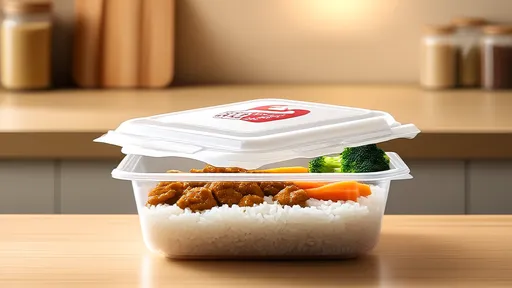
By /Aug 11, 2025

By /Aug 11, 2025

By /Aug 11, 2025
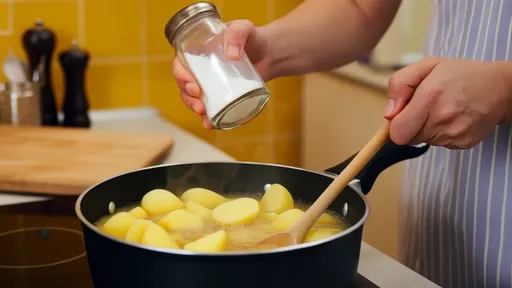
By /Aug 11, 2025
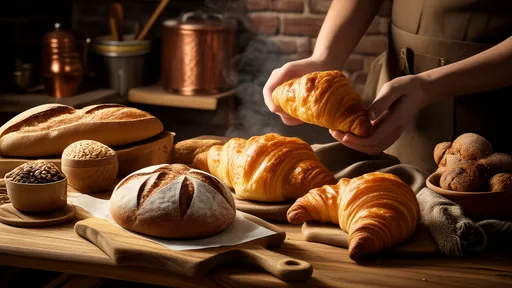
By /Aug 11, 2025
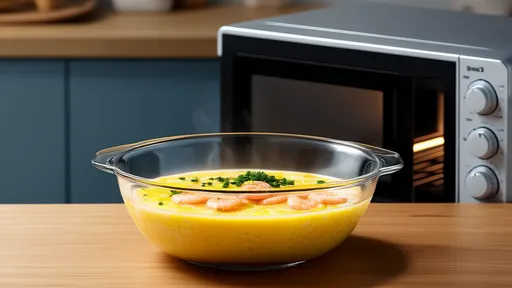
By /Aug 11, 2025
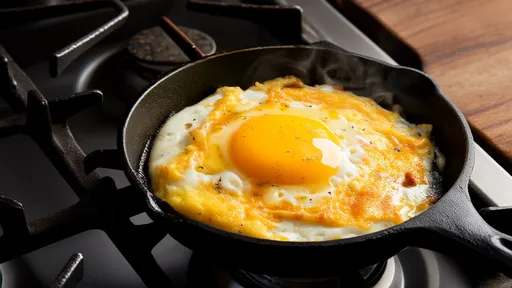
By /Aug 11, 2025
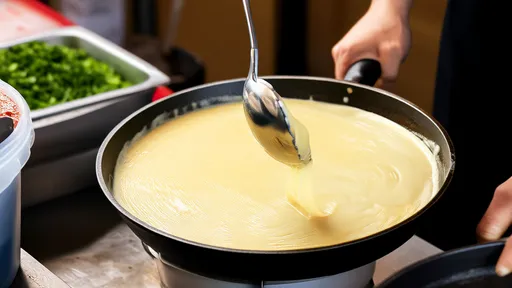
By /Aug 11, 2025